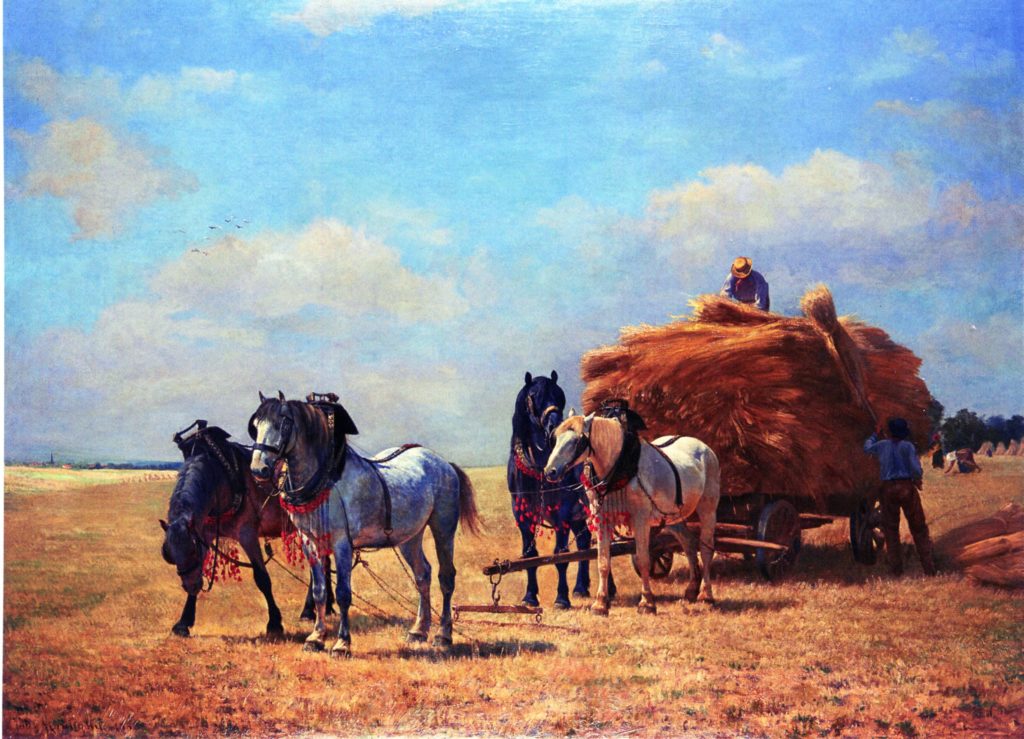After the colony of Barbizon came to life in France, more European artists followed suit. The artists’ colony of Tervuren was founded in the woods near Brussels, presenting a free space for painters. Young Belgian artists like Camille van Camp didn’t want to be tied to academic restrictions and took to painting en plein air. From Romanticism, the painters in Tervuren turned to an emotional Realism that had a huge impact on the development of Impressionism in Belgium.
A second generation of artists followed later, painting the same sites and using each other’s work as inspiration. Twenty years later, a third generation emerged, consisting mainly of pupils of Joseph Coosemans. He had become a teacher in landscape painting at the Hoger Instituut voor Schone Kunsten (Higher Institute of Fine Arts) in Antwerp. With their own eyes, these pupils could now picture what their teacher had seen. Sadly, this colony, like so many of them, only existed until the First World War.









